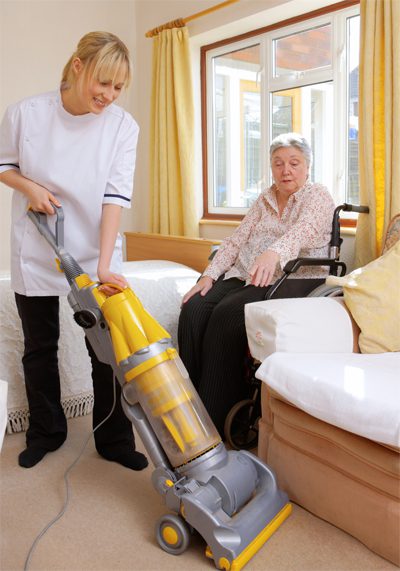Maintaining a high standard in aged care cleaning is essential for the health and well-being of residents. High-quality cleaning minimises infection risks, enhances comfort, and supports the dignity of residents in aged care facilities. This article covers essential steps in aged care cleaning that make a measurable difference in resident safety and satisfaction.
1. Use of Approved Cleaning Products
Using healthcare-approved cleaning products ensures surfaces are effectively sanitised and safe for residents. Aged care environments benefit from products that are both effective against pathogens and safe for sensitive individuals. Look for options that are eco-friendly and fragrance-free to further protect vulnerable residents.
2. Consistent Cleaning Schedules
Routine and frequency matter in aged care settings. Daily cleaning of high-contact areas, such as bathrooms and dining areas, and regular deep cleaning sessions reduce the chance of contamination. A structured schedule helps keep facilities compliant with health standards and enhances overall resident satisfaction.
3. Emphasis on Touch-Point Cleaning
Focusing on high-touch points, like door handles, bed rails, and light switches, is critical. These areas can harbour bacteria, making it necessary to disinfect them multiple times per day. Implementing a checklist for staff ensures that these hotspots are consistently cleaned, reducing the spread of infection.
4. Implementing Proper Waste Disposal Methods
Effective waste management prevents the spread of pathogens. Use clearly labelled bins and establish protocols for safe waste disposal, particularly for medical or biohazardous waste. Training staff on these practices protects residents, staff, and the environment from potential hazards.
5. Staff Training on Infection Control
Training cleaning staff in infection control is fundamental to an effective cleaning program. Staff should be familiar with standard infection control practices and the correct use of personal protective equipment (PPE). Skilled, well-trained cleaning teams are crucial in reducing health risks within aged care settings.
6. Ventilation and Air Quality Control
Good air quality reduces respiratory risks for elderly residents, especially those with compromised immune systems. Facilities should focus on proper ventilation and, where possible, include air purifiers in high-use areas. Regular maintenance of ventilation systems ensures a clean, healthy environment.
7. Regular Audits and Quality Assurance
Routine inspections help ensure that cleaning standards are consistently met. Conduct internal audits or employ third-party auditors for an unbiased assessment of the facility’s hygiene. Tracking improvements and maintaining documentation not only helps in achieving compliance but also reassures residents and their families.
8. Infection Outbreak Protocols
Outbreak preparedness is key in aged care facilities. Establish protocols for increased cleaning frequency and isolation of affected areas during an infection outbreak. Preparedness reduces the spread and supports swift action, protecting the health of all residents and staff.
Incorporating these steps can help aged care facilities maintain a clean, safe, and welcoming environment for residents. For more information on ensuring quality in aged care cleaning, check out this guide on aged care cleaning practices

